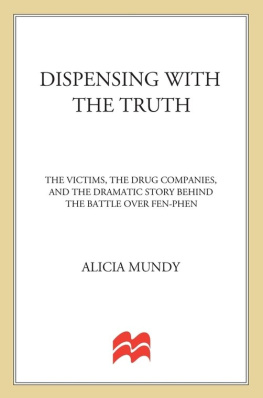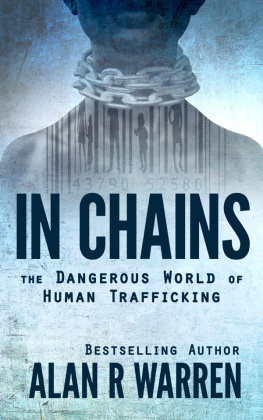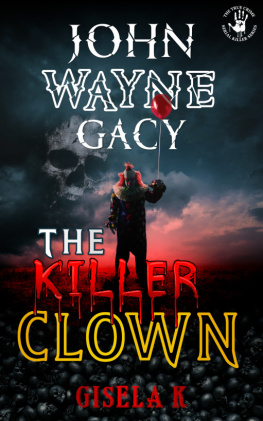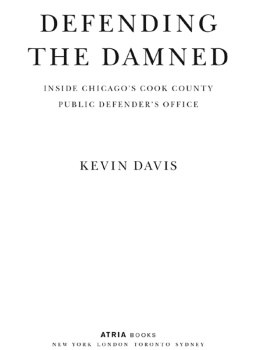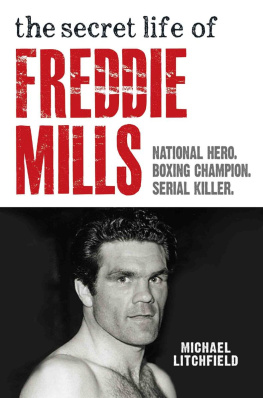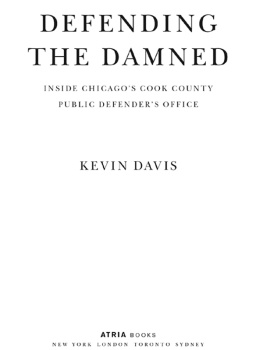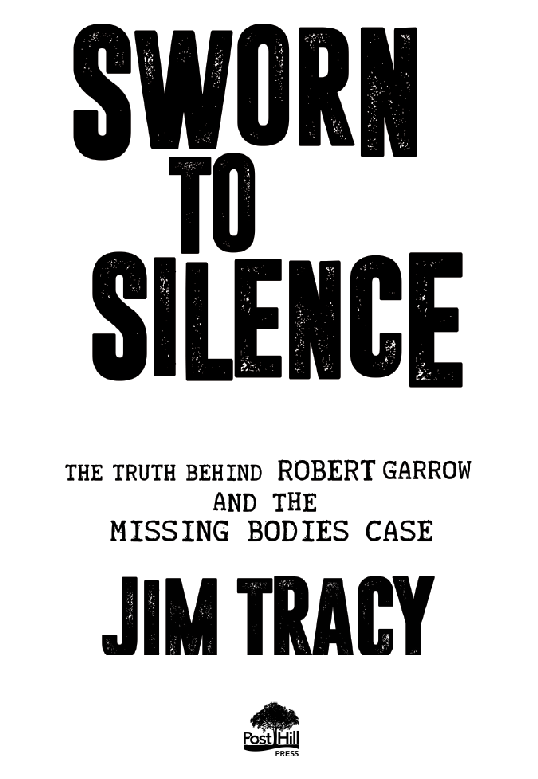
A POST HILL PRESS BOOK
ISBN: 978-1-64293-626-1
ISBN (eBook): 978-1-64293-627-8
Sworn to Silence:
The Truth Behind Robert Garrow and the Missing Bodies Case
2021 by Jim Tracy
All Rights Reserved
Cover art by Cody Corcoran
Cover photo by Shay Tracy
No part of this book may be reproduced, stored in a retrieval system, or transmitted by any means without the written permission of the author and publisher.

Post Hill Press
New York Nashville
posthillpress.com
Published in the United States of America
To my father,
for tacitly passing on his interest in history
and the Adirondacks.
Advance Praise for Sworn to Silence
When I began working with Jim Tracy at the Glens Falls (N.Y.) Post-Star two decades ago, he was kicking around a project about Robert Garrows reign of terror through the Adirondacks in the 1970s. A subsequent newspaper series was merely the appetizer to Sworn to Silence , a master class in reporting and storytelling that is equal parts labor of love and effort in excellence.
Ryan OHalloran, Sports Writer, The Denver Post
As I worked construction on Lake George in the Adirondacks the summer of 1973, I listened on radio for news of the manhunt for Robert Garrow. Ive never forgotten the haunting feeling of knowing that random killer was loose in the mountains around me. It was like a living ghost story told around campfires at night. Jim Tracy has done an excellent job of filling out the story that is much more than the news bulletins and headlines of the day.
Brian Rooney, former Correspondent, ABC News
Like Watergate headlines and long lines at gas stations, this twisty, politically-tinged examination of the unsolved questions of the Missing Bodies case is redolent of the early 1970s. Tracy navigates this complex story brilliantly, leaving no stone unturned.
John Temple, Author of American Pain and Up in Arms
source on notes
This book is a work of reported nonfiction. I changed no names or details. Its based on a decade of research and interviews with many of the storys key participants, including the late New York State Police Senior Investigator Henry McCabe and defense attorney Frank Armani. Also used was the entire copy of the Garrow case file provided by the Central Bureau of Records of the New York State Police and the entire trial transcript, including parts previously sealed and legally released only recently because of the expiration of time. All other information was found in public records, journalistic recordings, television newsreels, and academic venues. Dialogue in quotation marks is drawn from trial transcripts, interviewees recall, police files, prison records, newspaper clips, legal correspondences, and individuals notes. Scene depictions derive from my multiple visits to key locations in the story or photographs and video shot by the media or police at the time. No depictions or dialogue was embellished for dramatic effect. Anything used is sourced.
TIME AND PLACE
(Authors Note)
In upstate New York in the early 1970s, amid a time of anxiety across America following the tumultuous 60s, there lived four men. All four were successful at their chosen pursuits. Two were attorneys and friends. The third was a revered New York State Police investigator. The fourth was a prolific rapist and murderer. Through either coincidence or fate, these mens lives intersected and remained perpetually linked in a bizarre true crime story and controversial legal thriller that would affect each of them profoundly. In the following pages, I tell the story of these men and this case, with a few brief excursions into my own personal experiences with it.
At the time of these events, this story received extensive media coverage. Today, other historical happenings, like Watergate, Vietnam, and the energy crisis, have overshadowed it. But theres another reason, a darker one, why this story is not better known. It has been kept lurking in the shadows, still hiding from Dateline or 48 Hours , because theres an otherworldly darkness surrounding these events. Many of those affected by it, or involved in it, cant revisit that time and place despite the passing of nearly a half century. This was the darkest side of human nature. These are memories, for many, too painful to relive. So why bring them back to life?
There are numerous reasons, but the foremost is this case led to the landmark legal decision, People v. Belge , which is now taught in law schools worldwide. Professor Thomas Morgan of George Washington University summed up Belges significance today when he said, This case is not just an interesting historical footnote. Its a central case in our development and understanding of what it means to be a lawyer.
Lisa Lerman, professor of law at The Catholic University of America, Columbus School of Law, called this story a mental magnet on a National Public Radio podcast. Elaborating, she said, Many other cases that were taught at that time have faded from memory, but this case continues to fascinate law students and faculty not only in the United States, but all over the world. I found some photos from the case on the Internet of a German professor. Also, I was teaching the case to a group of Polish law students last year, and some of the students said they had already studied the case in a Polish philosophy class.
Whats been missing in classrooms, discussions, and public seminars are answers to a lot of unanswered questions.
Why would two lawyersfathers of teenaged girlskeep secret the location of their clients female victims bodies while their families pleaded with them for information? How far did one of the lawyers go in helping Robert Garrow, a convicted felon, stay on the streets when he should have been back in prison? Had they initially hoped to be paid before being forced to take the case as public defenders? How, over the decades, have the two lawyers gone from villains to heroes in certain circles? What drove Garrow to become a serial rapist? How many people did he really kill? How did the wording of an attorney's oath of office change as a result of this case? What cold cases today point to him as the culprit? Whatever happened to his family? Why did New York State officials prevent the investigator from pursuing more cases involving Garrow? How did Garrow fool most of the state Corrections Beauracracy?
This book provides those answers with objective reporting and, in the aggregate, serves as a compendium for Belge , more commonly known today as The Missing Bodies Case or Buried Bodies Case.
Table of Contents
It wasn t until 1973 that Americans could say the turbulent 60s were really over.
The decade of political assassinations, war, and civil unrest had hung around the first few years of the 1970s like an unwanted houseguest. As 1973 marched on, as President Richard Nixon began his second term, and as America ended its involvement in Vietnam in the spring, most of the clamor of the previous decade was officially jettisoned into the history books. Unfortunately, new problems abounded.
Foremost was Watergate. The scandal had, by degrees, engulfed the nation. The summer of 1973 was the summer of Watergate, but other ominous events hovered over the nation like tear gas ready to rain down. The crime rates in the major cities were out of control and hitting astronomical proportions. The official U.S. murder rates released from the previous year came in at almost 19,000, a historical high. In New York state, murders surpassed 2,000 for the first time; and forcible rapes, at least those reported, had nearly doubled since 1965 to more than 4,000. The economy was collapsing. Inflation was knocking. The Arabs were threatening an oil embargo. The cost of gas was about to go through the roof or maybe dry up all together. The draconian Rockefeller drug laws in New York were scheduled to take effect on September 1, putting many nonviolent marijuana peddlers away for a long time.
Next page


